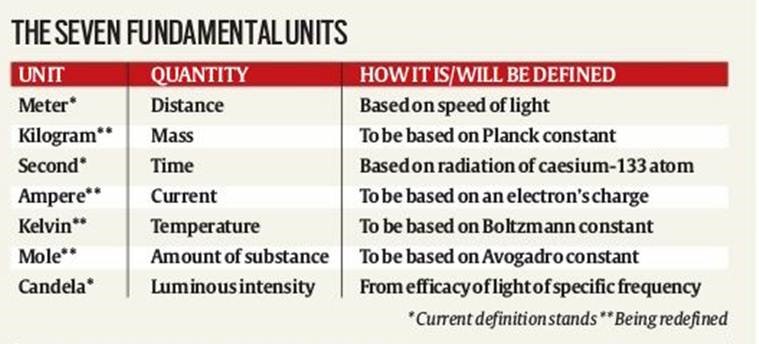7667766266
enquiry@shankarias.in
Why in news?
The Definition of the Kilogram is about to change by redefining the International system of units(SI).
How does the measurement of kilogram evolve?

What is the proposed measure?
Does this redefining really help science?
Source: The Indian Express, The Wire